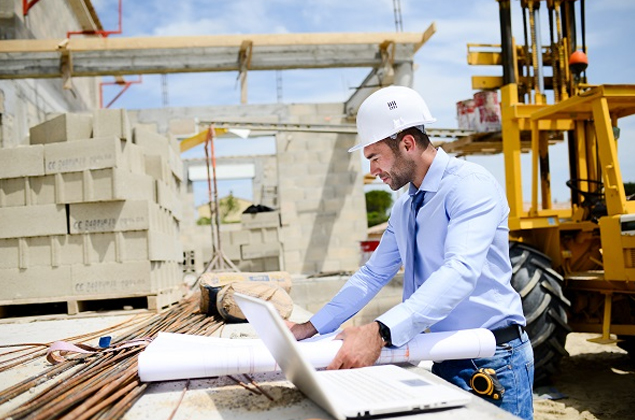The most significant aspect of the construction industry is the design of any building. It's called "layout, " and it's the process of listening to our clients' needs and putting them all together in the right shape and size using a combination of technical and regulations understanding of that specific building use. We came up with a concept/design that will now take shape on site, taking into account space utilization, movement flow, light and ventilation, aesthetics, the materials we use, the type of construction, feasibility, local legislation, and so on.
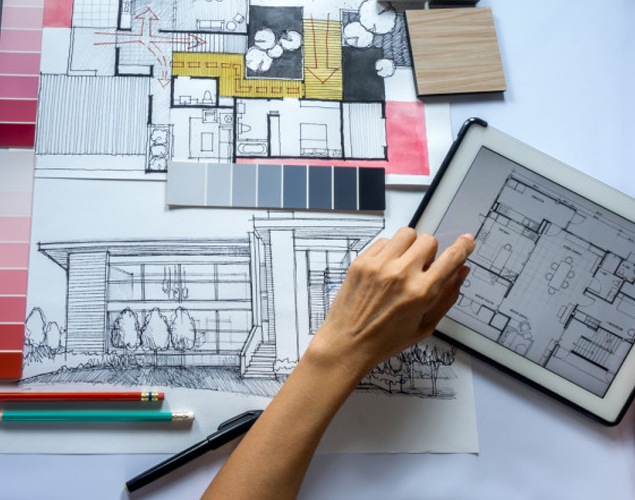
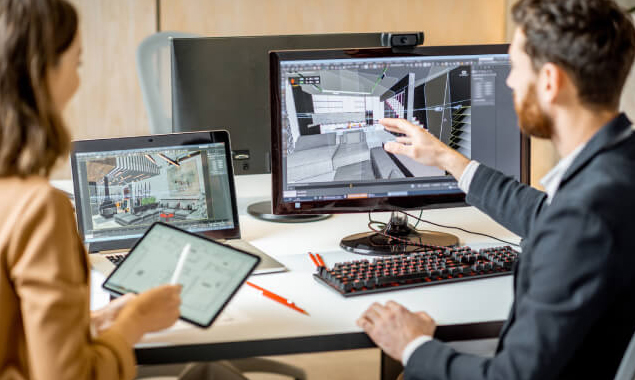
Designing and putting out layouts isn't all that consulting entails. If you want to make the most of your money, you should consult an architect at every stage of the construction process. The major areas of advice for proper results include architectural, structural, electrical, plumbing, HVAC, fire, landscaping, and hardscape.
It's also a crucial stage in the development of a project. We strictly follow to regulations and building codes not just for approval purposes, but also to ensure that they are enforced on site, for the sake of our own and our clients' peace of mind. Before we begin construction, we obtain all necessary approvals from the relevant departments and authorities.
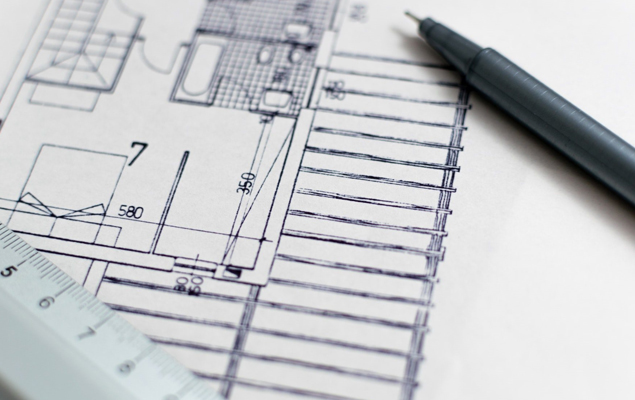
The essential drawings of a project are detailed or working drawings. Without a functioning drawing, it's impossible to put a column correctly on it's right position on site. It's a project-specific book that compiles all of the working drawings, all of which are created with keeping everything in mind and in sync with one another. Architectural, structural, electrical, plumbing, HVAC, and fire services are all handled on site using only the respective subject's working drawings.
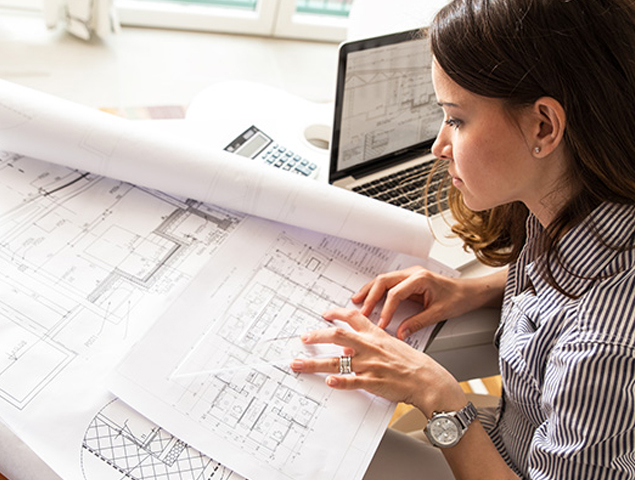
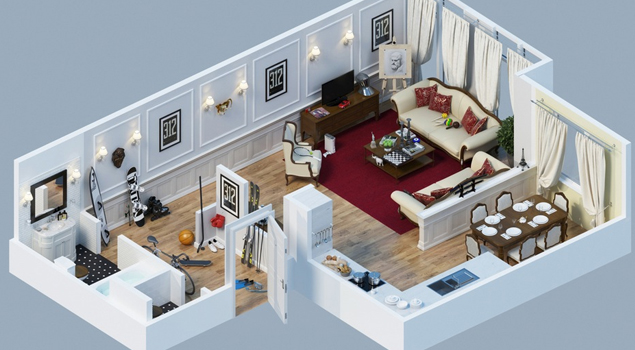
With the aid of a drawing, it is extremely difficult for a layman to visualize the project's final shape. As a result, we create 3D models of exteriors, interiors, and physical models to help them visualize what the finished project will look like.
It's difficult to give a contractor a set of drawings and expect them to provide the same. On a daily basis, you'll need supervision, as well as a periodic check on the supervisor. Supervision is a method of keeping a careful eye on the quality and method of work being performed on the construction site. It also helps to reduce material waste and to keep a check on labor.
